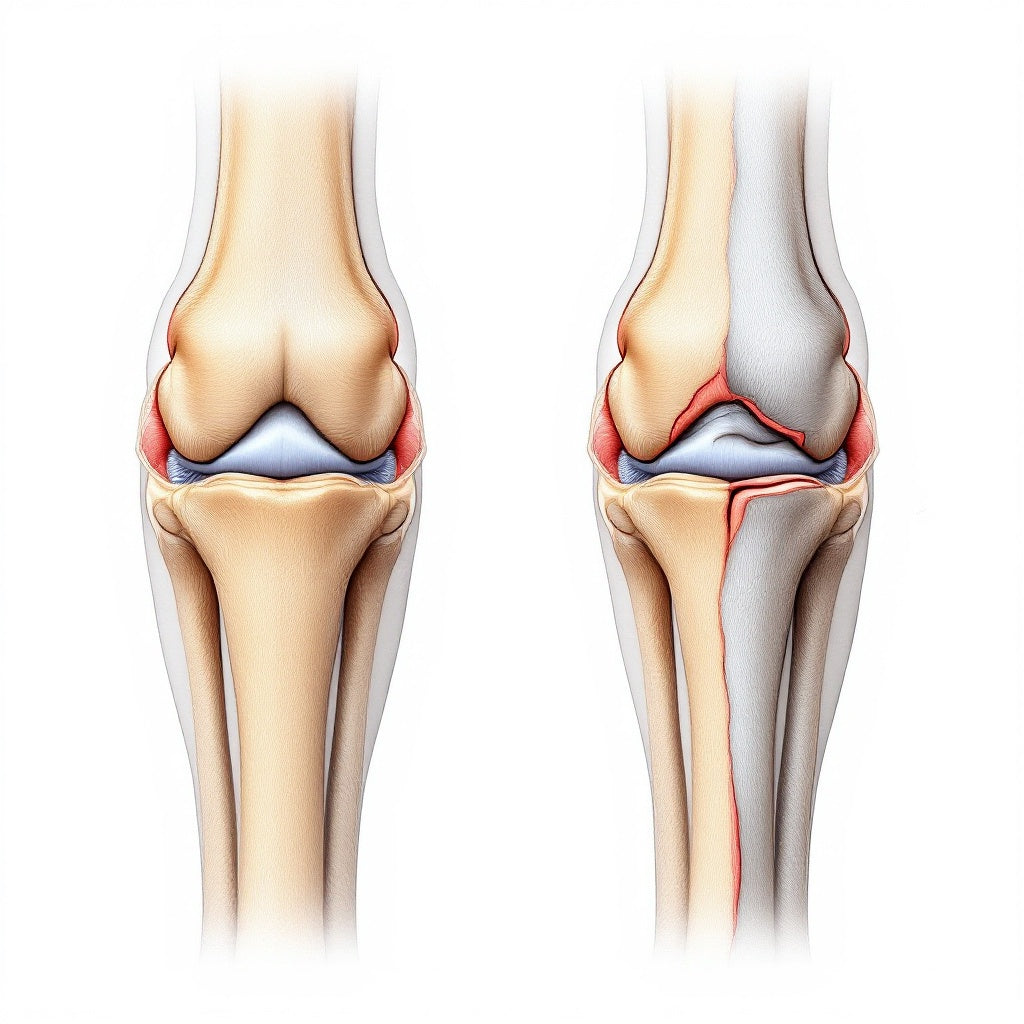
Managing Partial Cruciate Ligament Ruptures (ACL) in Dogs Without Surgery
If your dog has been diagnosed with a partial cruciate ligament rupture, you may have been told that surgery is the only option. But here’s the good news: many dogs can recover and thrive with conservative, non-surgical management, especially when the injury is detected early and the right support plan is in place.
💡 What is a Partial Cruciate Ligament Tear?
The cruciate ligament in dogs is similar to the ACL in humans. It stabilises the knee joint and prevents the femur from sliding forward over the tibia. When this ligament starts to fray or partially tear, it can cause:
-
Limping or lameness
-
Intermittent pain, especially after exercise
-
Stiffness after rest
-
Swelling around the knee
Left untreated, a partial tear can worsen into a full rupture — but early, strategic intervention can often prevent this progression.
☕️ Conservative Treatment as the First Option
If caught early, conservative (non-surgical) treatment is often the first and most effective step. This includes:
Anti-Inflammatory & Pain Management
-
Prescription or natural anti-inflammatories to reduce swelling and discomfort.
-
Medications like gabapentin or natural alternatives for nerve pain relief.
Joint & Ligament Supplements
Use high-quality, natural supplements to reduce inflammation and support joint repair.
👉 Injury Support & Joint Protect Supplements
🏡 Home Management & Lifestyle Support
Strict Rest and Controlled Movement
Limit jumping, running, or stairs. Short, slow leash walks only. Crate rest or restricted movement is essential in the early phase (first 6–8 weeks).
Weight Management
Excess weight puts more pressure on the joint. Keeping your dog lean significantly improves their chance of healing.
⚖️ Physical & Holistic Therapies
Therapeutic Modalities
-
Acupuncture – reduces pain, improves circulation, and speeds up tissue repair.
-
Laser therapy – decreases inflammation and stimulates cellular repair.
-
Hydrotherapy (at a later stage once cleared by Vet or practitioner) – allows safe muscle strengthening without joint strain.
Supportive Bracing (Optional)
In some cases, a custom-fit dog knee brace can provide stability during healing — especially for active dogs or larger breeds.
✅ What to Expect with Conservative Care
Many dogs show significant improvement within 4–6 weeks, and full recovery can take 3–6 months. The key is consistency — controlled exercise, proper supplements, and physical therapies make all the difference.
Dogs managed properly can return to an active life without needing surgery — and many never progress to a full rupture.
🚨 When is Surgery Still Recommended?
If your dog:
-
Has a complete tear
-
Is not improving with conservative care
-
Has significant joint instability or meniscal injury
…then surgery might still be the best option. Always speak with a trusted vet or canine rehab specialist to assess your dog’s case.
💬 Final Thoughts
Surgery isn’t the only answer. With early intervention, proper support, and a tailored recovery plan, partial cruciate ligament injuries can often heal naturally — sparing your dog from invasive surgery and a long recovery.
